What differentiates Wangbijib from the masses of Korean barbecue restaurants is high-quality premium beef and exceptional service. You won’t even have to cook the meat yourself.
Dear reader, Meat paradise—Wangbijib, a premium high-quality Korean barbecue joint in Jongno. The restaurant has become so popular they’ve opened up another 2 chains in Seoul. What differentiates Wangbijib from other Korean barbecue joints is it’s high price for it’s very high-quality meat, you can truly taste the difference, and exceptional service.
Korean barbecue is famous around the world. It’s history goes back to 37BC to 668AD when it was served during the Koguryo Kingdom. Today, beef is still considered the most premium of meats in Korea although pork is the most consumed. The order is chicken is cheapest, followed by pork belly and beef.
Wangbijib is located on the second floor of a building in bustling Myeongdong. When you step into Wangbijib, you are escorted to one of the few tables. Book in advance if you plan on coming here on the weekends or during prime eating times. You sit down and are given an enormous plastic bag to place your belongings. This is to protect them from any oils splatters that might come from the barbecue. The ambiance is elegant, with cool futuristic vents dropping from the ceiling onto wooden tables.
In the middle of each table is a charcoal grill, the best type of grill for a Korean barbecue. Your server comes over, lowers the vent, and turns on the grill. Standard Korean barbecue at Wangbijib includes a ton of side banchan dishes such as steamed bean sprouts, broccoli, kimchi, fresh lettuce and more. You can snack on some of the banchan before your food arrives, but leave some for your Korean barbecue.
What makes Wangbijib service impeccable is that the servers are trained to grill the meat for you so you don’t risk ruining or burning your meat. Each table has a dedicated server, which is why there aren’t so many tables available. For our main, my mom and I ordered samgyeopsal (grilled pork belly) for 14,000 won ($12.34) and assorted premium Korean beef for 34,000 won ($29). Rice was not included in our meal but can be added for an additional 1,000 won ($1).
No Korean barbecue is incomplete without samgyeopsal, or Korean three-layered meat pork belly. The quest for the best Korean pork belly is a hard one. The perfect samgyeopsal is the correct ratio between fat and lean meat that helps strike the delectable balance between greasiness and meatiness. Although it is sought out by all Koreans today in 2019, it wasn’t even on Korean’s radar till the ’70s. Before then, eating pork was associated with greying hair and even lethal parasite infestations.
For every time I’ve been to Korean barbecue in America, I’ve never had it the traditional Korean way. So when I was in Seoul and watched people create ssam style wraps, or lettuce wraps, out of the meat and side dishes I was very confused. I was used to eating it the modern way, little did I know it was the incorrect way. Real Korean BBQ means taking a lettuce wrap, filling it with your meat of choice, adding a clove of fresh garlic, special chili paste, kimchi, and whatever else you’d like, and popping it into your mouth like a small wrap. It’s a make your own wrap. I was dumbfounded.
While dining at Wangbijib I picked up on some very interesting Korean dining customs that were happening at the table next to us. They were having a business meeting which meant they had to use proper Korean manners to their fullest. The table of four was drinking soju, the clear drink of choice when enjoying Korean BBQ. Soju is a slightly sweet alcoholic beverage with about 20% alcohol content made with potato or tapioca starch, although traditionally it was made with rice. It’s stronger than beer, but not as strong as a shot.
This step is repeated multiple times, so pace yourself and don’t be afraid to say no. Just make sure you have a good back story, like “you’re on antibiotics.”
Follow SVADORE on:
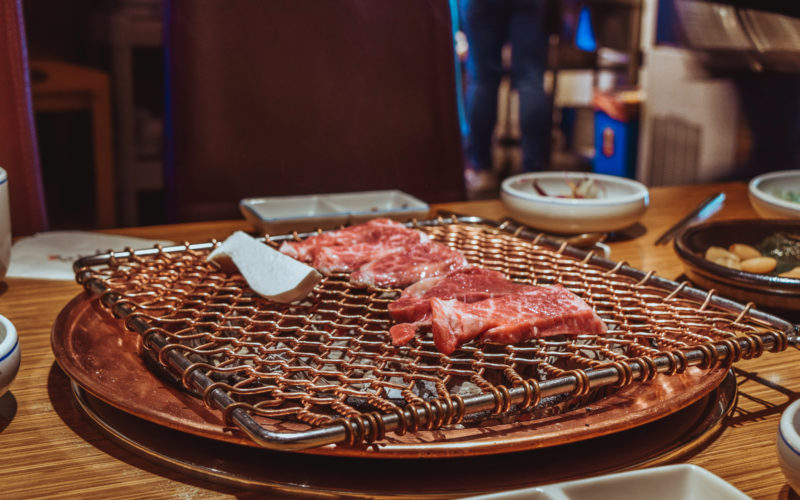
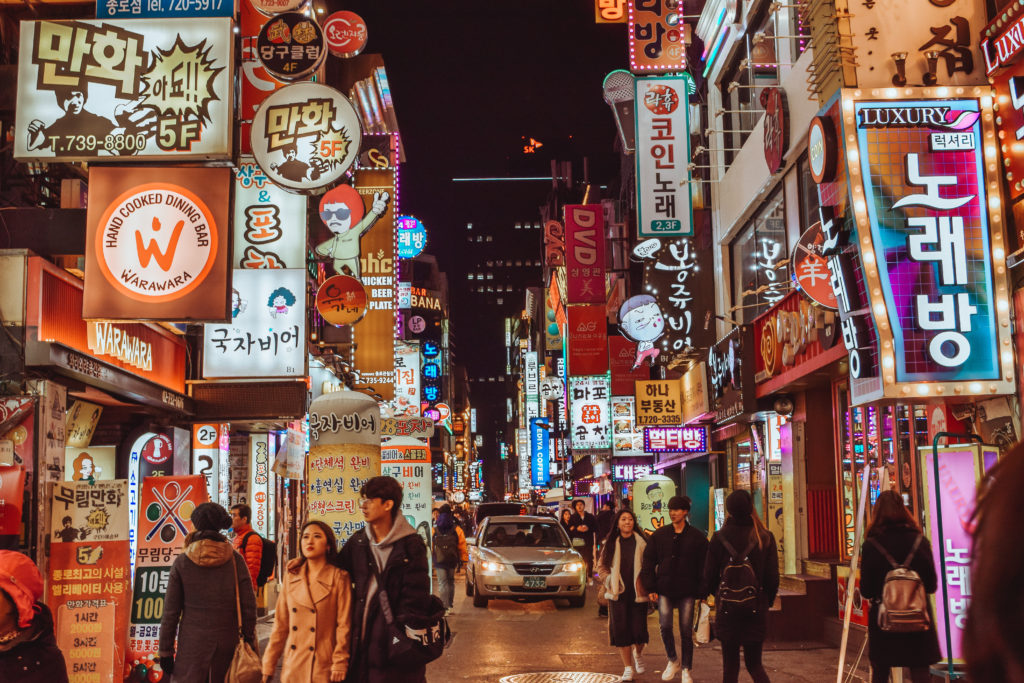
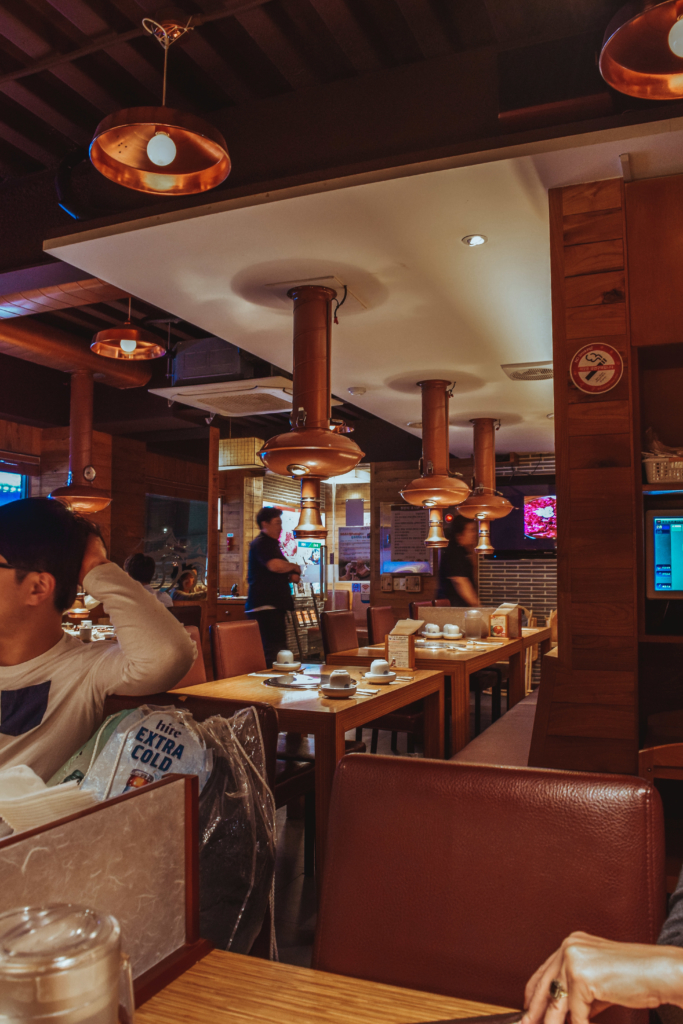
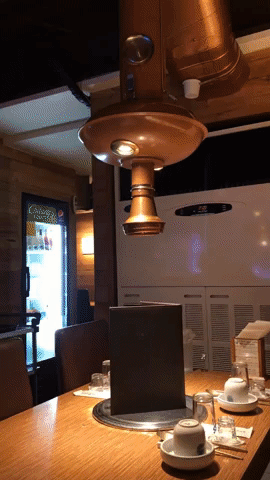
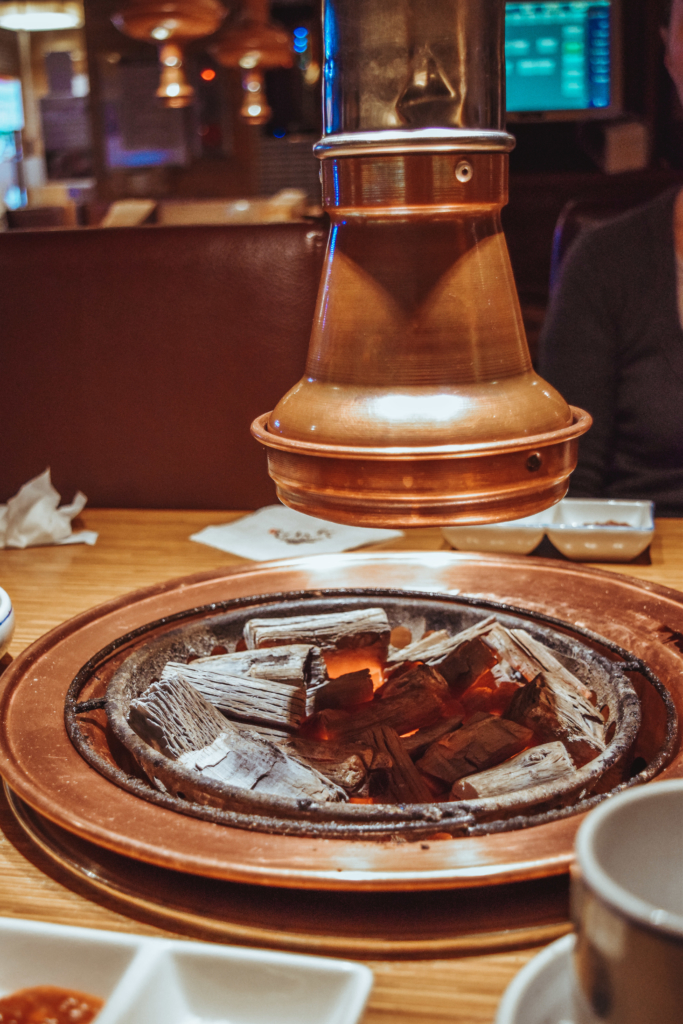
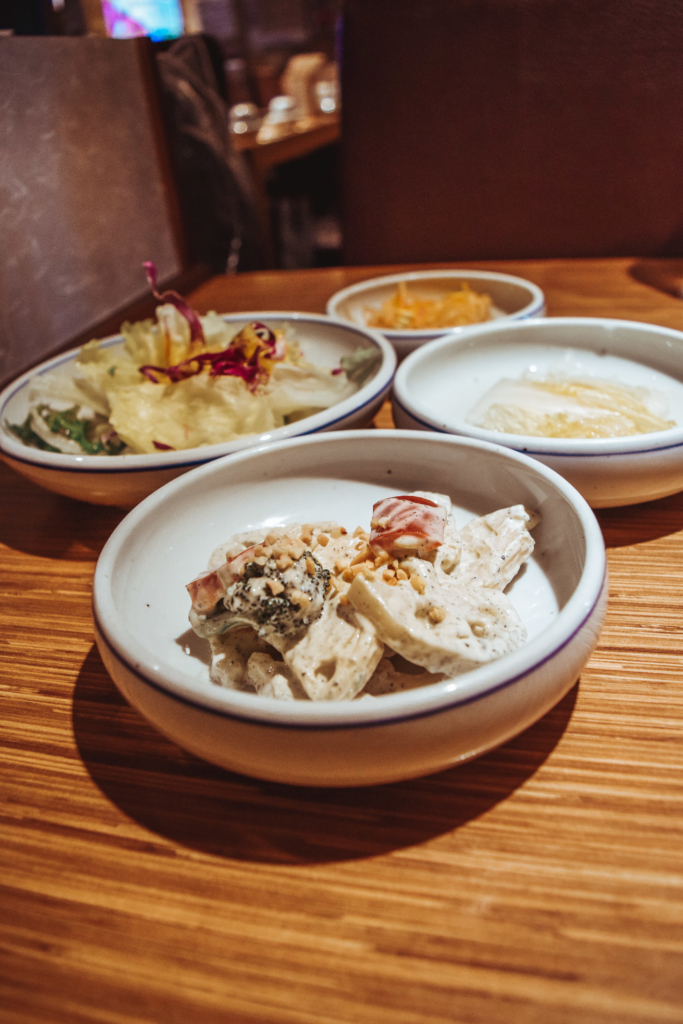
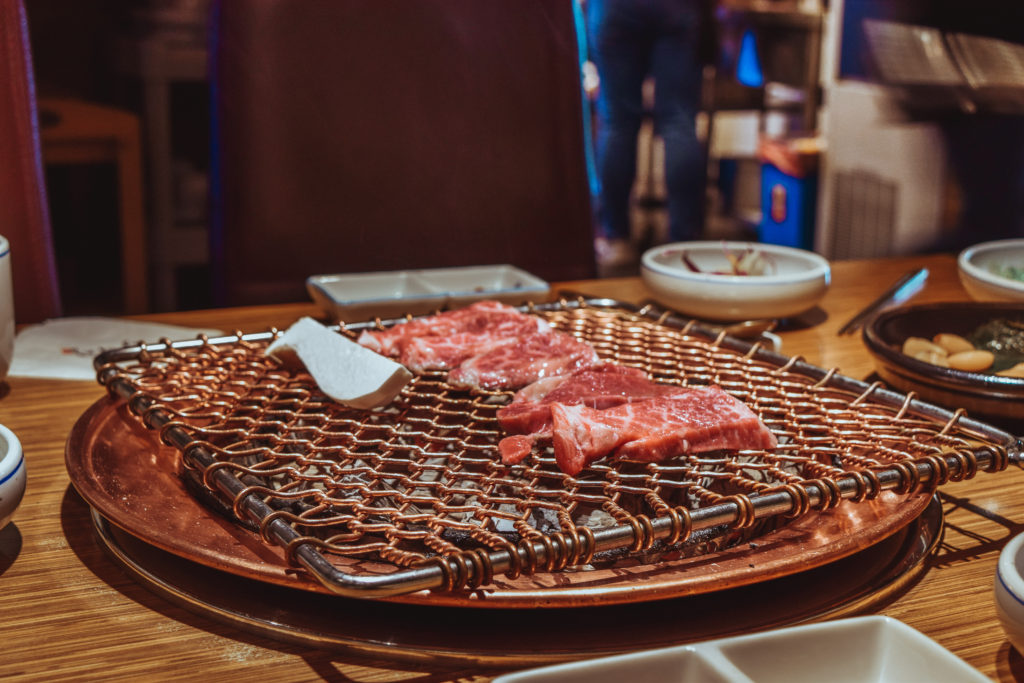
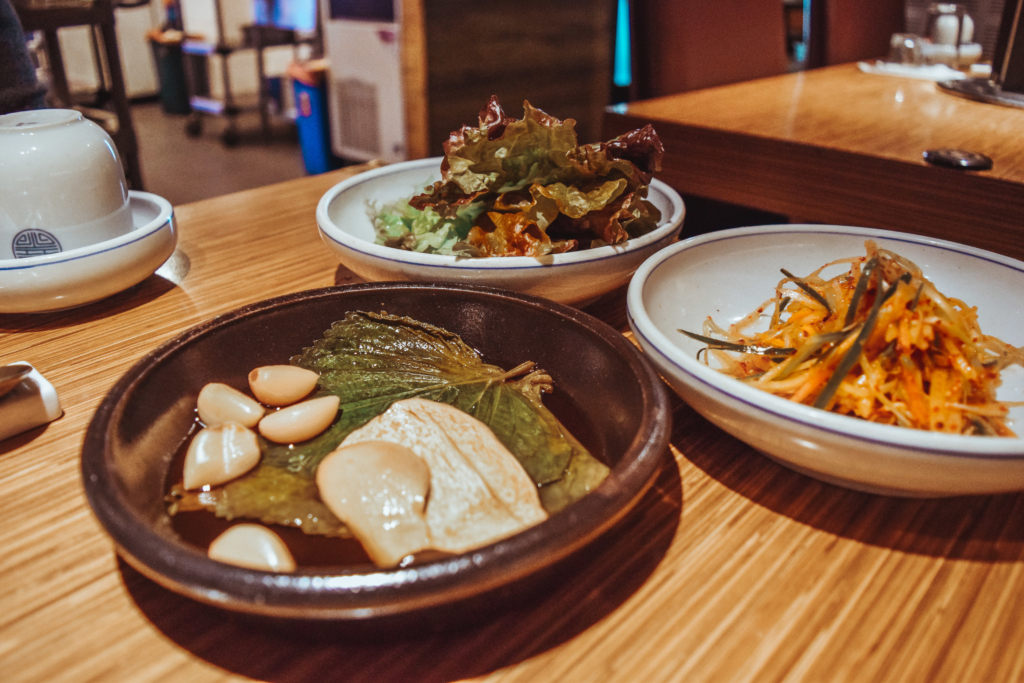
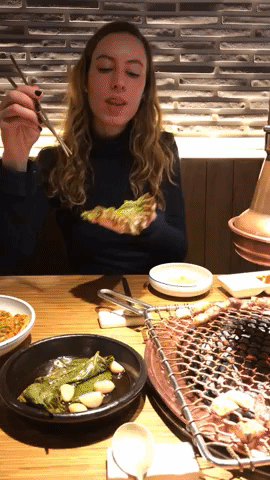
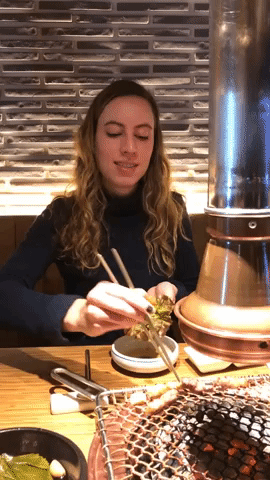
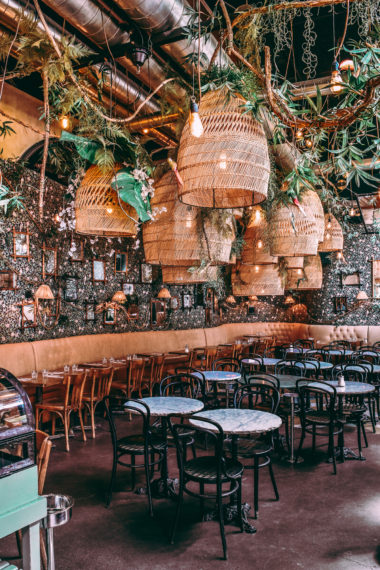
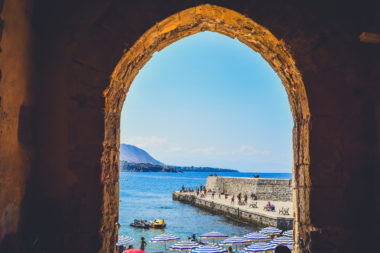


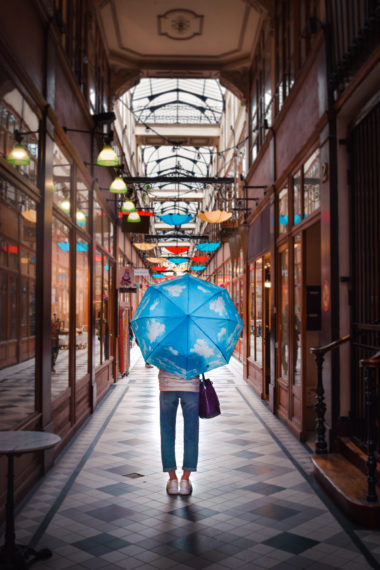
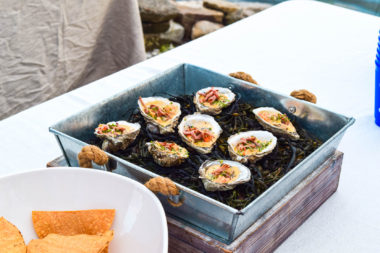

1 comment